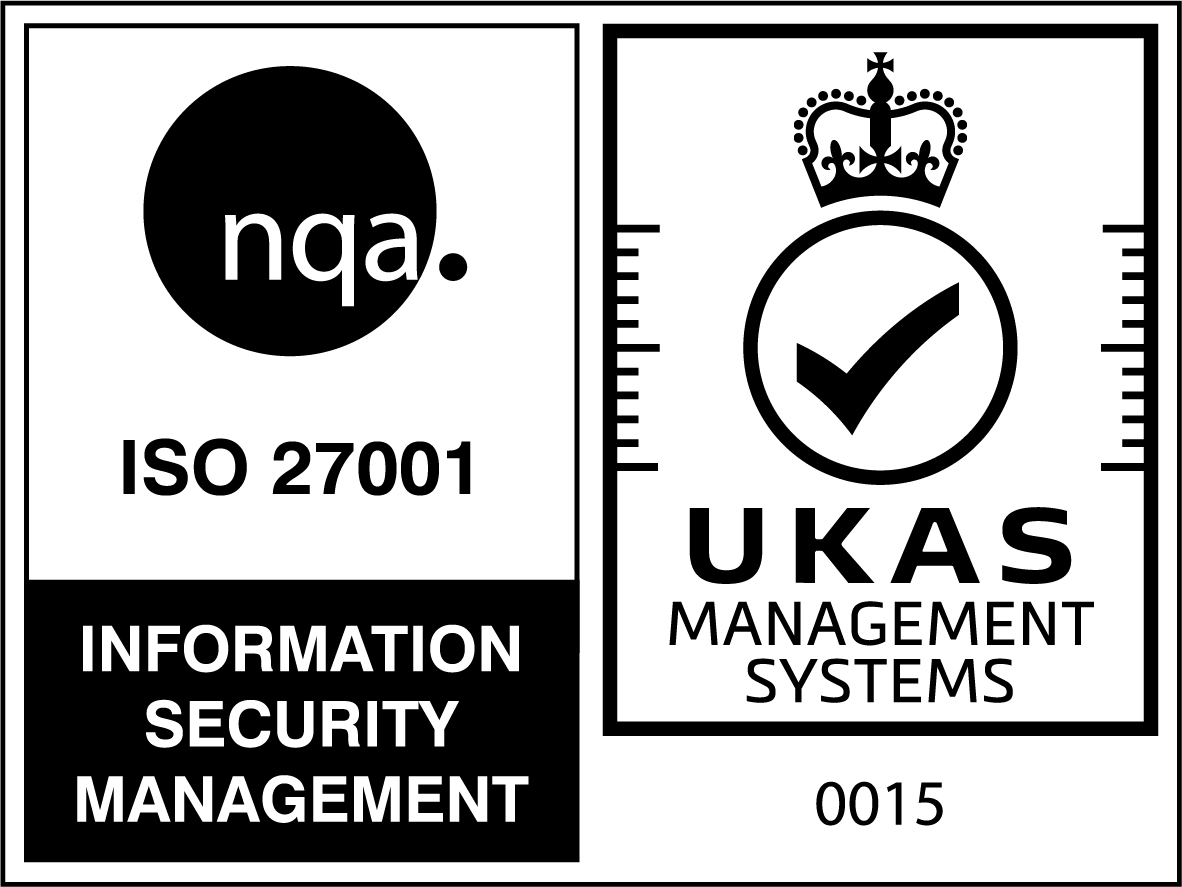Getting ready for the cookieless future: Natural language processing (NLP)
If you're a marketer, content creator, or simply curious, this blog will provide a helpful introduction of natural language processing (NLP).

The amount of data generated daily is just mind-boggling. But 90% of that data is defined as unstructured data. Fortunately, artificial intelligence (AI) technologies are arriving just in time to help businesses exploit this underutilised digital resource.
One of them is natural language processing (NLP). A fascinating technology that can help businesses gain a deeper understanding of their customers and make data-driven decisions that drive growth.
Whether you’re a marketer, content creator, or simply curious, this blog will provide a helpful introduction to natural language processing and its many uses.
What is natural language processing?
Simply put, natural language processing is the use of artificial intelligence techniques to interpret and understand human language.
And the complexity of human language is truly fascinating. Our brains are good at comprehending the meaning behind someone’s words, even if they are misspelt, interrupted by filler words like “um” and “ah,” or expressed in an indirect manner. But can we do this with the help of technology?
While basic speech-to-text software can simply convert spoken words into written text, NLP adds the ability to interpret the meaning of that text. This involves using computational linguistics and machine learning algorithms to understand the context and nuances of the language used. For example, using this technology will allow you to extract the sentiment behind a text.
How does natural language processing work?
Natural language processing technology acts as a bridge between humans and computers, allowing us to communicate with machines in real-time and streamlining processes to increase productivity.
NLP algorithms use techniques from machine learning and deep learning to process and understand natural language. This typically involves training a model on a large dataset of human-generated text, such as a collection of books or articles. The model uses this training data to learn the structure and meaning of language, and can then be applied to new inputs to perform various tasks.
Is natural language processing present in our everyday life?
This technology is widely used in many aspects of our daily lives, from voice assistants and chatbots to language translation and text summarisation. It makes our interactions with technology more convenient and efficient and is an important part of the digital world we live in today.
You may not be aware of it, but NLP is likely present in many places you use technology, such as your home, office, and car.
1. Voice assistants & chatbots
Some examples of NLP in everyday life include voice assistants. Siri, Alexa and Hey Google are all examples that use this technology in order to answer any questions we may have.
Or maybe you have already tried the famous ChatGPT – a natural language processing model developed by OpenAI. It is designed to generate human-like responses to text input and it does an incredible job.
2. Email sorting
NLP has the power to analyse your emails and determine where they all belong.
For instance, have you ever wondered how your email inbox automatically sorts messages into different categories like “social” or “promotional”? This is just one example of how NLP is used to make our lives more convenient and efficient.
3. Text predicting
Predicting what you’re likely to say next is based on the ability to process and analyse past language inputs using NLP. This technology is present in any digital function that requires a machine to understand or manipulate language.
4. Reading your voicemail
NLP is used in the “Visual Voicemail” feature on smartphones to transcribe the audio of the voicemail into text. As a result, it makes it possible for users to read their voice messages instead of having to listen to it.
And these are just some examples of how NLP is used to make our lives more convenient and efficient.

How can natural language processing be used in marketing?
You can use natural language processing in marketing in a number of ways. Some examples include:
1. Content creation
NLP algorithms can be used to help generate high-quality content quickly and efficiently. For example, AI algorithms can suggest the next sentence in a piece of text or produce long-form content based on a given topic.
2. Search engine optimization (SEO)
NLP can help with SEO by identifying common themes in a set of data and generating relevant content that resonates with your audience.
3. Social media monitoring
You can use NLP to monitor social media conversations and identify common themes and sentiments among your customers. And this can help you understand what people are saying about your brand and adjust your marketing strategy accordingly.
4. Sentiment analysis
If you want to analyse customer feedback and determine whether it is positive, negative, or neutral, NLP might be what you need. This technology can help you understand how customers perceive your brand and identify areas for improvement.
So, NLP can be a powerful tool for businesses, helping to generate high-quality content, improve SEO, monitor social media, and understand customer sentiment.
Bottom line
Natural language processing is a game-changing technology that is revolutionising the way we analyse and understand human language.
With its ability to unlock valuable insights from large amounts of text data, natural language processing has become an essential tool for businesses. As the use of NLP continues to evolve and expand, we can expect to see even more innovative and exciting applications of this technology in the future.
If you’d like to know how we can use this technology to help your business, get in touch here.
Considering sharing with others


)